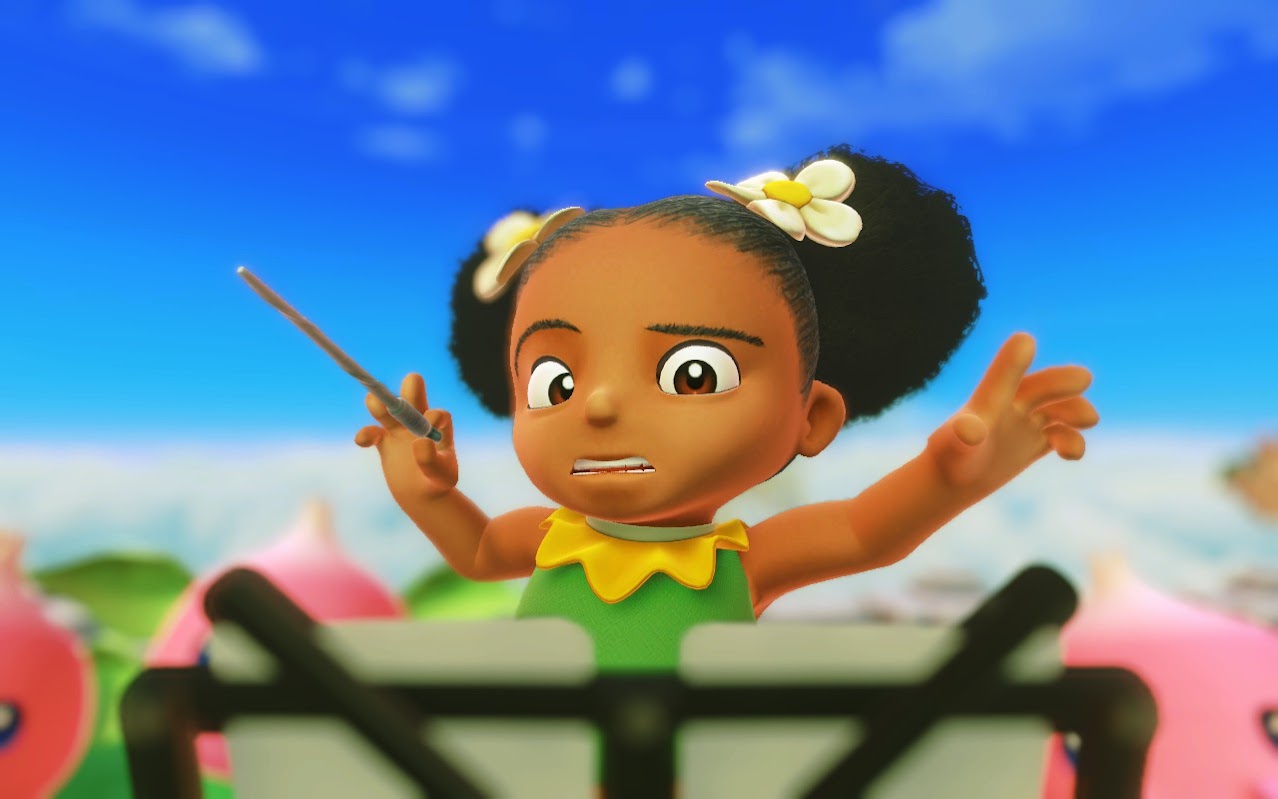This Angry Birds clone made entirely through AI prompts makes me wonder what the future of small-scale game development is going to be like
The lure of easy money will have a role to play, that's for sure.

The use of generative AI in the development of games has been hitting the headlines for some time now, but typically in the context of AI tools being used to assist with game development. One person has now made an entire game solely through the use of ChatGPT, DALL-E, and Midjourney.
Spotted over at Hot Hardware, AI enthusiast Javi Lopez used three generative AI tools to create the visual assets and code to make Angry Pumpkins, a deliberately obvious copy of Angry Birds. Beginning with the sprites, backdrops, and title screen, he used DALL-E 3 and Midjourney to create the images, referencing the original mobile game in the prompts.
Once happy with the results, he then turned to ChatGPT, running the GPT-4 model, to churn out the necessary Javascript code to turn it all into a playable game. You can check out the results for yourself here, though you should note that mobile browsers will probably struggle to run it.
At no point did Lopez manually change the graphics or code. It was all done by tweaking the prompts to make the generative AI systems correct mistakes, with the whole project apparently taking no more than 12 hours to complete. An experienced solo developer, proficient in art and programming, would struggle to achieve the same, starting from scratch.
Sure, it's just one level and the physics is very basic, but it demonstrates just how much can already be created (or copied) with modern AI tools. It's an achievement in that respect, but it's also a little unnerving. In terms of revenue, mobile devices are the largest gaming platform and by a huge margin, and it's the prime target for individuals and unscrupulous publishers looking to make a quick buck.
Midjourney, DALL•E 3 and GPT-4 have opened a world of endless possibilities.I just coded "Angry Pumpkins 🎃" (any resemblance is purely coincidental 😂) using GPT-4 for all the coding and Midjourney / DALLE for the graphics.Here are the prompts and the process I followed: pic.twitter.com/st3OEhVVtKOctober 31, 2023
We're a very long way off being able to replicate something like Baldur's Gate 3 this way, but it would be foolish to believe that the tiny games market isn't going to get flooded with AI-developed projects. And it isn't going to end there: Game developers worldwide are being laid off in fairly large numbers and I have no doubt that some companies will leverage generative AI as far as they can.
News that Microsoft recently partnered with Inworld AI to build "AI game dialogue and narrative tools at scale" went down like a lead weight among the gaming workforce. I don't believe that generative AI will cause the collapse of the game development industry as we know it, but it will change it, perhaps dramatically.
The biggest gaming news, reviews and hardware deals
Keep up to date with the most important stories and the best deals, as picked by the PC Gamer team.
But we can take comfort in the fact that PC indie developers are fairly unanimous in their views on generative AI and while we're probably going to see endless Dave the Diver clones and the like, all made via AI, the handcrafted cream will always rise to the top.
Best CPU for gaming: Top chips from Intel and AMD.
Best gaming motherboard: The right boards.
Best graphics card: Your perfect pixel-pusher awaits.
Best SSD for gaming: Get into the game first.

Nick, gaming, and computers all first met in 1981, with the love affair starting on a Sinclair ZX81 in kit form and a book on ZX Basic. He ended up becoming a physics and IT teacher, but by the late 1990s decided it was time to cut his teeth writing for a long defunct UK tech site. He went on to do the same at Madonion, helping to write the help files for 3DMark and PCMark. After a short stint working at Beyond3D.com, Nick joined Futuremark (MadOnion rebranded) full-time, as editor-in-chief for its gaming and hardware section, YouGamers. After the site shutdown, he became an engineering and computing lecturer for many years, but missed the writing bug. Cue four years at TechSpot.com and over 100 long articles on anything and everything. He freely admits to being far too obsessed with GPUs and open world grindy RPGs, but who isn't these days?


